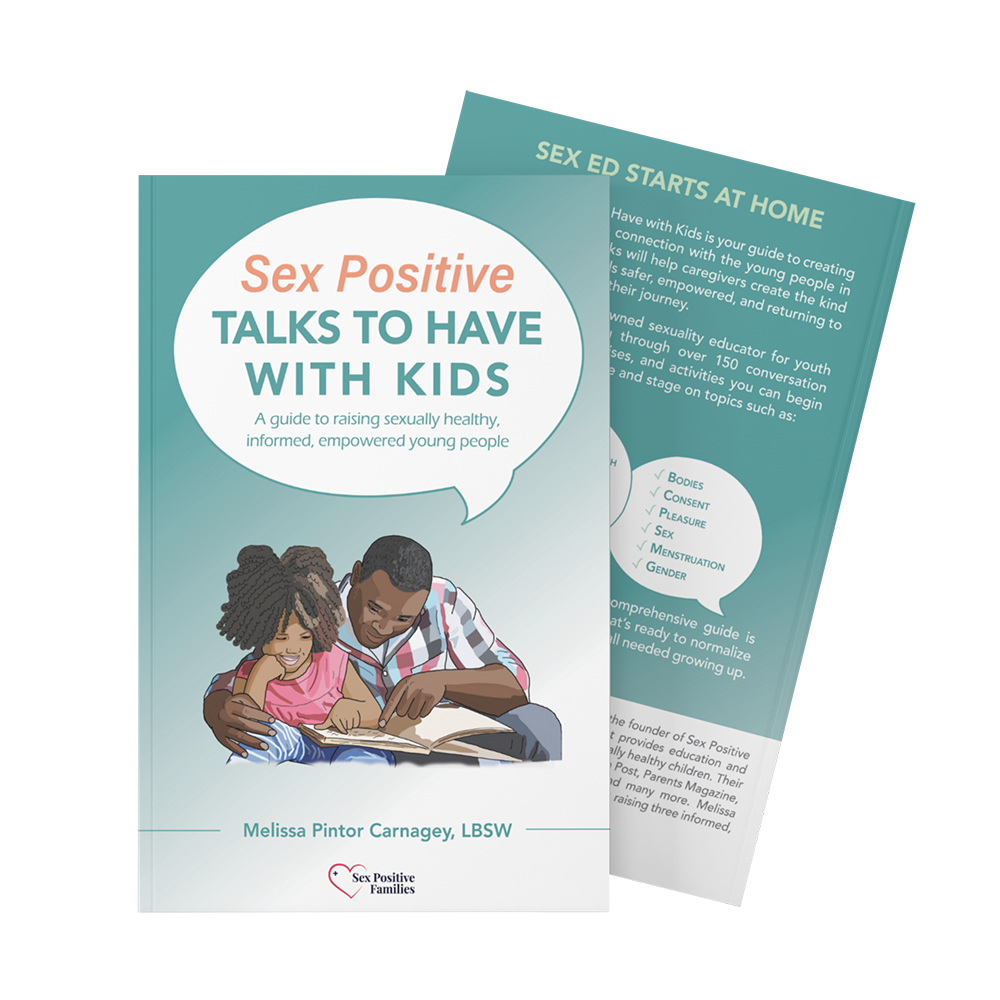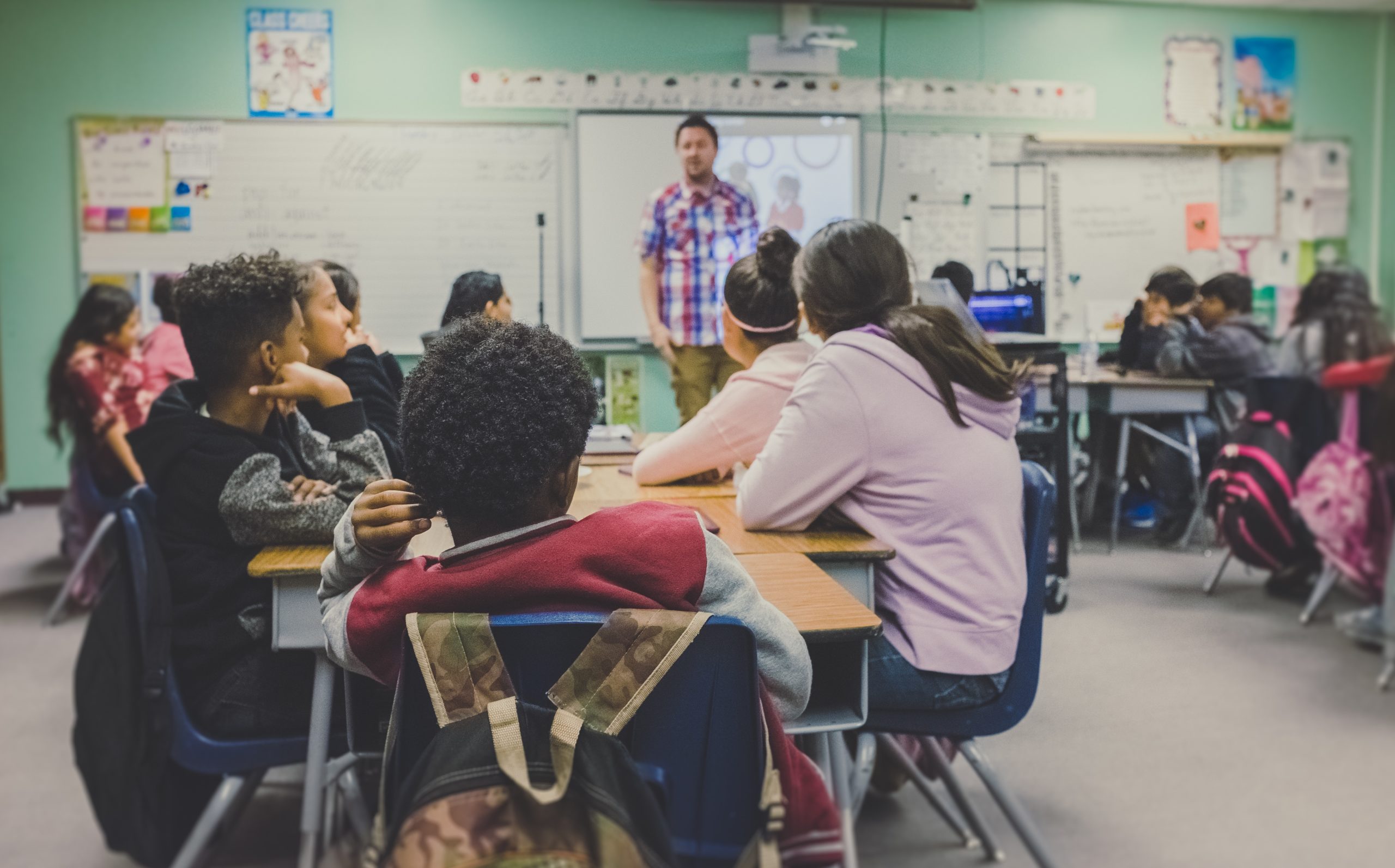-By Melissa Pintor Carnagey, LBSW-
In my time of teaching young people about their bodies, healthy relationships, consent and sex, one thing that never gets old are their amazing curiosities. Sometimes shared with the intention to shock or humor, and most often shared as a lifeline to finding out if they are normal or if what they are experiencing is “okay.”
Without a doubt, student questions are the heart and soul of sex education classes.
Unlike the learning environment surrounding other non-taboo subjects like Math or Reading, facilitators of sex ed are often contending with students’ feelings of shame, embarrassment or fear that can keep young people silent and ill-informed.
How can educators create an experience that is most relevant to the needs of each unique student? Enter the anonymous question box! This is a tool that allows students to ask anything, and ensure they receive an informed response, with less worry of being judged or embarrassed for inquiring. Making this resource as accessible and safe for young people requires intention and skill on the facilitator’s part. Here are some tried and true best practices that I’ve found helpful in creating a safe space for young people’s curiosities when sex education is the focus:

Normalize being curious
From the start, make it clear to the class that it’s perfectly normal to have questions about sexual health topics like bodies, relationships, and sex. These are areas that are not spoken about openly enough in society. When students get the message that there are no “stupid” questions or “taboo” topics in the classroom, they are more likely to feel comfortable using the box. Make it clear that your role is to provide them with information, judgement-free, that will help them make informed decisions about their sexual health. They need to know that answering their curiosities is what you’re there for.
Keep the box accessible

Clearly explain how you’ll handle questions, and the process students should follow for submitting. Some basics to support anonymity and increase the likelihood they will feel safe using the box:
- Be sure writing utensils and notecards are provided to each student during every class
- Keep the paper and writing utensils the same colors and types
- Ensure the material of the question box is not clear or see-through
- Consider ahead and reassess any barriers to access that may exist for students of diverse abilities, language or literacy levels, and problem solve them proactively
- Put the box away securely after each session, sorting through responses when students are not present, and storing it in ways that are consistent with confidentiality and respect for anonymity
- Make it a practice that every participant submits a piece of paper each session, even if blank
These little details increase the likelihood the box will be used, and will lessen the chance a student is worried their submission will be identifiable or stand out from others.
Always make space for Q&A
Being consistent is key. This means that either at the start or end of each session, students grow to trust that their questions will be addressed.
When they see that you are honoring their curiosities, they are more likely to share them.
For anonymous submissions, I’ve found it best to collect them at the end of a session and answer each one at the start of the next. Doing this allows you time to feel prepared with a factual or well thought out response. It also gives you time to group together similar questions for efficiency or sift out submissions that may have been created to shock or humor you. Also be sure to offer the option to speak privately with a participant if they prefer not to share a question aloud or via the box. This can be critical for disclosures of sexual abuse or trauma. Make sure you are clear about the mandated reporting requirements in your area specific to youth and that you seek consultation when unsure about a situation. It’s important to always be prepared to meet students where they are.
Set clear expectations & redirect as needed
Receiving submissions is often great feedback that students are trusting you and the process. The types of submissions can vary. Common ones are:
- values-based
- questioning if they are normal
- seeking details about sexual techniques
- using hurtful or shocking language
- personal (either sharing details of their own experiences or asking about yours)

Sex ed programs can have different guidelines or limits on how best to respond to each type; the important point here is that you clearly and consistently are communicating any limitations you may have and are prepared to positively redirect students when needed to keep the use of the box the most beneficial to the group. When students are clear about what is expected, and they see consistent follow through from you, they are more likely to respect boundaries. A few great resources for how best to answer the varying question types in sex ed classes can be found here, here and here.
Check yourself
Whether aware or not, every moment you spend in the classroom, you are communicating some of your beliefs about sexuality, especially as it relates to young people. For example:
- whether and how you respond to student jokes or innuendos
- how consistently you treat all students
- how inclusive the language you use is
- your treatment of stigmatized aspects like pleasure, teen pregnancy, masturbation, sexually transmitted infections, and sexually explicit media (porn)
- what, if any, topics you avoid
- if you’re addressing bullying language or behaviors
All of these actions, or inactions, communicate your values, so it’s important that you’re clear. One way to assist in checking yourself is having a trusted observer visit sessions and provide you with feedback.
Body language also says a lot about how an educator is feeling. Creating a space that is open and non-judgmental means being aware of non-verbal responses such as if you’re scrunching your eyebrows, frowning, heavy sighing or nervous fidgeting. The more comfortable you are with sexual health content and the uniqueness of individual experiences within sexuality, the better able you will be to lead confidently in the classroom, no matter where the discussions may go.
Other pointers include using active listening, talking WITH students versus AT students, and communicating with warmth and sincerity. These can aid students in feeling safe in the learning space. Maintaining ongoing personal and professional development that supports your own sexual health journey and knowledge base can assist you in staying a confident, prepared educator.
Be affirming
When responding to student questions, acknowledge and validate! Use affirming language in your responses, such as, “That’s a great question. I’m so glad this was asked!” This lets participants know that it is normal and acceptable to be curious. If you don’t understand a question, be careful not to shut down the person asking. Request the participant clarify, or if it is an anonymous question, make an educated guess as to what the question may have been asking and let the participants know that if that was off-base, they can submit another question. Remember, if you don’t know the answer, that’s perfectly okay! This is an opportunity to model the value of research. Let students know you will look into it, or you can invite students to check it out themselves as well, and come back to them with an answer.

Use inclusive language
The words we use matter. When students see and hear aspects of themselves, their families and their peers reflected in the lessons, they feel seen and will be more engaged in the learning. Some ways to achieve this are:
- Incorporating pronouns in introductions, and actually using them correctly throughout the sessions
- Steering clear of binary terms like, “boys and girls” and instead addressing the class as “students” or “friends”
- Create opportunities for representation of different body types, genders, cultures, family dynamics, relationship styles, sexualities. Regularly assess your curriculum materials, handouts, activities and visual aids for these
- Avoiding language or stereotypes that are sexist, ageist, ablest, racist, etc.
Creating opportunities for students to see themselves reflected as well as share their stories makes it more likely they will ask questions they may not feel comfortable speaking about in other settings. This is when the greatest impact and influence in sex ed classes can be realized.
Keep reliable resources visible
No matter how safe you work to make the space, the fact is that not every student will feel comfortable to engage within it. There can be many reasons for this, so to support the learning that can happen outside the classroom, be sure to consistently offer reliable resources for their independent research. This can be incorporated into handouts or kept visible on chalkboards, program websites or visual aids. Some excellent youth-friendly, sex positive options are Scarleteen, Sexetc, Planned Parenthood’s Roo, Amaze, Bedsider, The Trevor Project, Gender Spectrum, Go Ask Alice! and Teen Source. When young people know where to turn, they are better equipped for the lifelong sexual health journey ahead.

Creating a taboo-free space for student questions is a pivotal component of quality, comprehensive sexuality education for youth. When the anonymous question box is consistently filled, or when students are openly asking their questions without fear or shame, you can rest assured you’ve succeeded in creating a safe landing space for young people’s curiosities.
What strategies have you found most helpful when using anonymous question boxes?

Sex Positive Talks to Have With Kids is the bestselling guide to creating an open, shame-free connection with the young people in your world.
It’s an inclusive, medically accurate, and comprehensive resource that walks you through over 150 conversation starters, reflection exercises, and activities you can begin implementing at every age and stage to normalize sexual health talks and become the trusted adult we all needed growing up.
